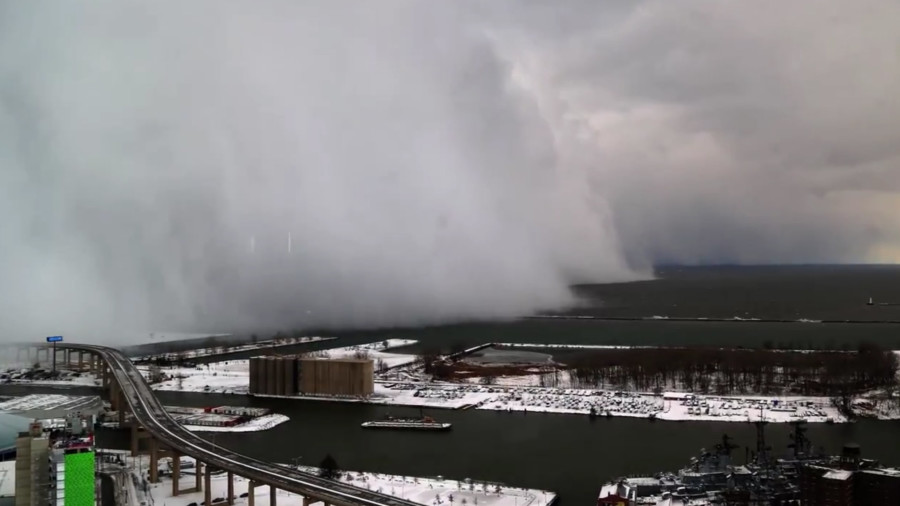‘Tis the Season… or is it? Buffalo, New York and western New York State are usually well prepared for winter weather and snow storms. Just a few weeks ago Buffalo and the surrounding region were slammed with record snowfalls. The amount of snow crippled Buffalo and brought life in the region to a standstill. Buffalo is well accustomed to snowfall and dealing with snow but could barely manage this storm. The amount of snow that fell in a short period of a few days was about equal to the amount of snow that would normally fall in one year in Buffalo. The storm was responsible for over seven feet of snow in a few days, fourteen deaths, and many millions of dollars spent on digging out and cleaning up.
Officials and meteorologists have described the storm as resulting from the “Lake Effect.” According to National Geographic, the lake effect is a phenomena where cold air blows down from the Arctic and blows over the warmer water of Lake Erie. When the cold air blows over the lake, it picks up lake moisture and the moisture becomes heavy snow that falls fast and for a short period of time. One interesting aspect of lake effect snow storms is that the area of the snowfall tends to be very localized. More specifically, the area of the snowfall is very limited and narrow. In that sense, the Buffalo airport received almost 16 inches, while some surrounding areas received up to 90 inches. In a lucky sense, The Metropolitan area will never get a glimpse at a storm of this nature.
Governor Cuomo declared that the snowstorm had resulted in costs and damages of about $46 million signifying it as a major disaster area. Given that amount, the Buffalo area would be eligible for federal aid through FEMA (federal Emergency Management Agency). The $46 million estimated costs and damages are approximately double the amount of the threshold to qualify for federal aid from FEMA.
The impact of the storm on Buffalo and its residents is enormous. Not only from a dollar cost aspect, but also from the devastation of homes and loss of personal valuables. After the snow fell, the temperature in the area warmed up in the days following. The rise in temperature led to the melting of snow and flooding. As the temperatures rose, the fallen snow had become heavier on rooftops. Cave-ins and roof collapse was commonplace. The collateral damage and devastation was similar to what many in the New York and New Jersey area endured during Hurricane Sandy. For most, recovery will be a long process. For some, there is little hope. There is still plenty of winter left for Buffalo and the surrounding area this year. Perhaps Mother Nature will be kind to Buffalo in the coming months.


